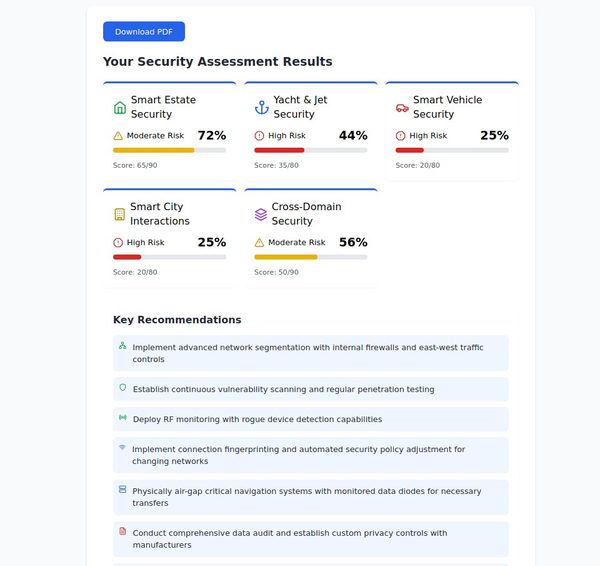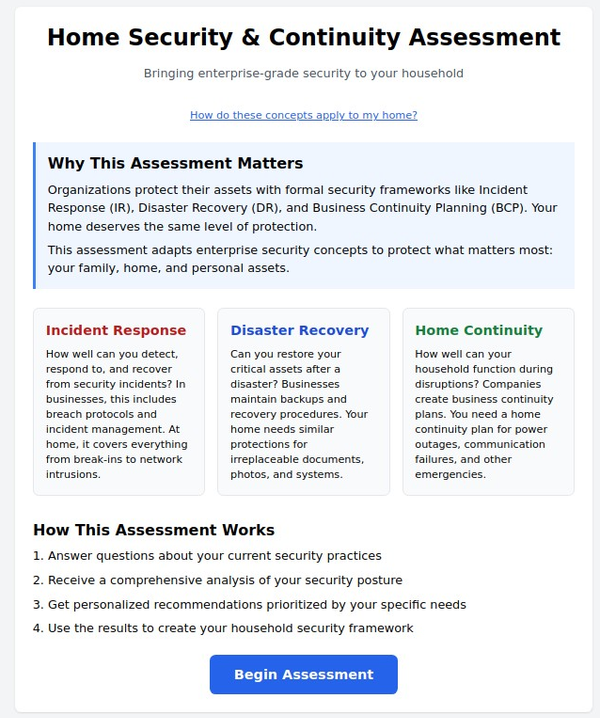Why IoT Security is Critical for Smart Home Owners

Smart homes offer homeowners the convenience of automation and control. However, with the rise of IoT devices, smart homes have become a target for cyber threats. IoT security is critical for smart home owners to protect their personal information and the security of their home. Here's an overview of why IoT security is critical for smart home owners and tips on securing smart homes and IoT devices.
Potential Security Risks
Unsecured IoT devices pose a significant threat to the security of smart homes. Hackers can exploit vulnerabilities in these devices to gain unauthorized access to a homeowner's network and personal information. Unsecured IoT devices can also be used as part of a botnet, which can be used to launch DDoS attacks and other malicious activities. Other potential security risks associated with unsecured IoT devices include:
- Unauthorized Access: Hackers can gain unauthorized access to your smart home network and devices, allowing them to monitor your activities and steal personal information.
- Malware: Malware can infect your smart home devices, causing them to malfunction or even spy on you.
- Physical Harm: Smart home devices that control critical systems such as heating and cooling, or security can be compromised, putting you and your family at risk of physical harm.
Tips for Securing Smart Homes
Securing your smart home is crucial to protect your personal information and the security of your home. Here are some tips for securing your smart home:
- Secure Your Wi-Fi Network: Ensure that your Wi-Fi network has a strong password and uses WPA2 encryption. You should also consider hiding your Wi-Fi network's name (SSID), making it more difficult for hackers to find.
- Update Firmware Regularly: Regularly updating your IoT devices to the latest firmware will help protect them from potential security threats.
- Monitor for Suspicious Activity: Set up alerts to notify you of any unusual activity on your network, such as unexpected logins or devices connecting to your network.
- Change Default Passwords: Change the default username and password for your IoT devices to something more secure and unique.
- Use Two-Factor Authentication: Two-factor authentication provides an additional layer of security for your smart home devices.
Conclusion
In conclusion, IoT security is critical for smart home owners to protect their personal information and the security of their home. Unsecured IoT devices pose a significant threat to the security of smart homes, and understanding the potential risks is essential to mitigating them. By following the tips above, you can ensure that your smart home is secure and your IoT devices are protected from potential security threats. Securing your smart home may require some effort, but it's a small price to pay for the peace of mind that comes with knowing your home and personal information are safe.





